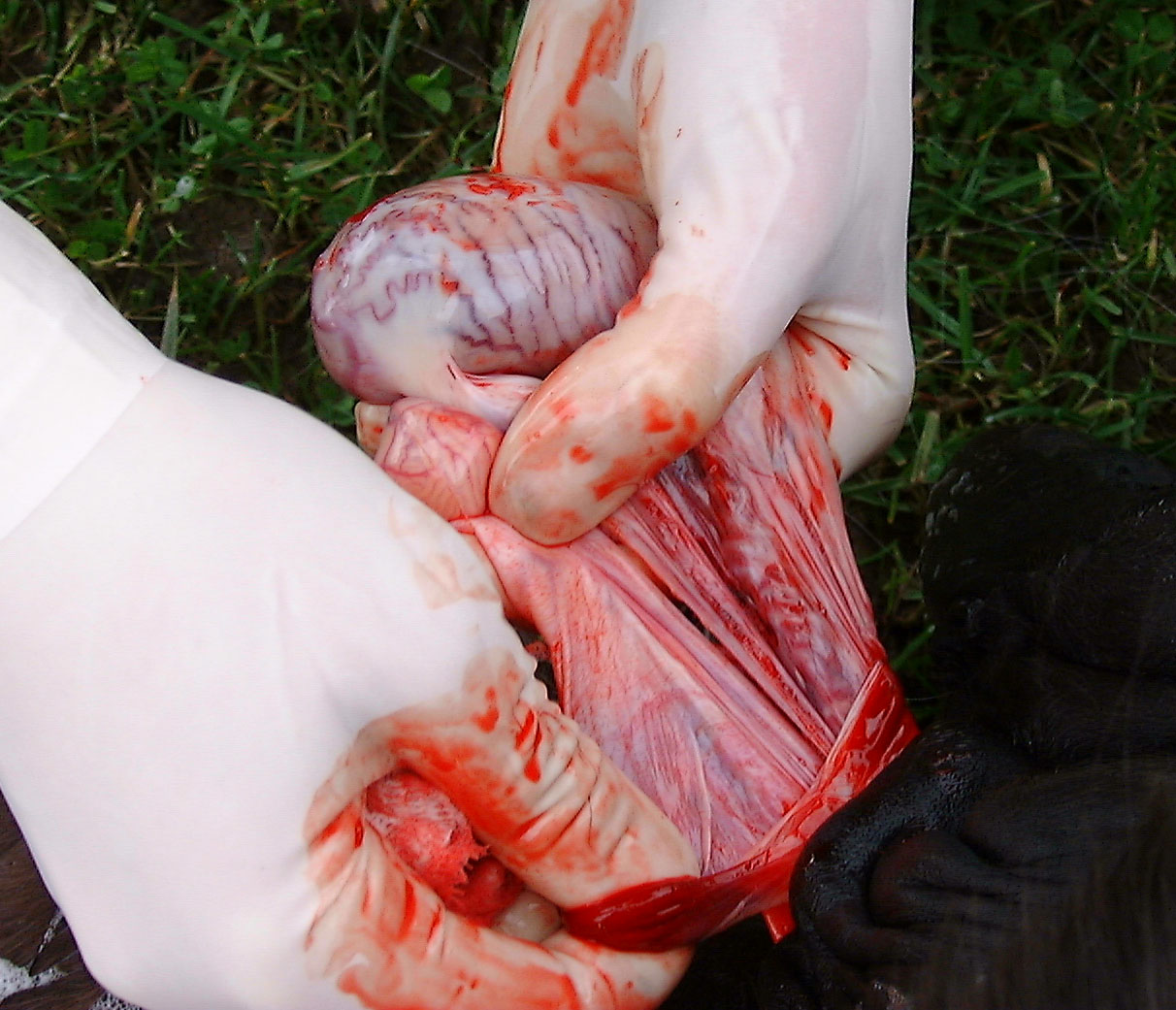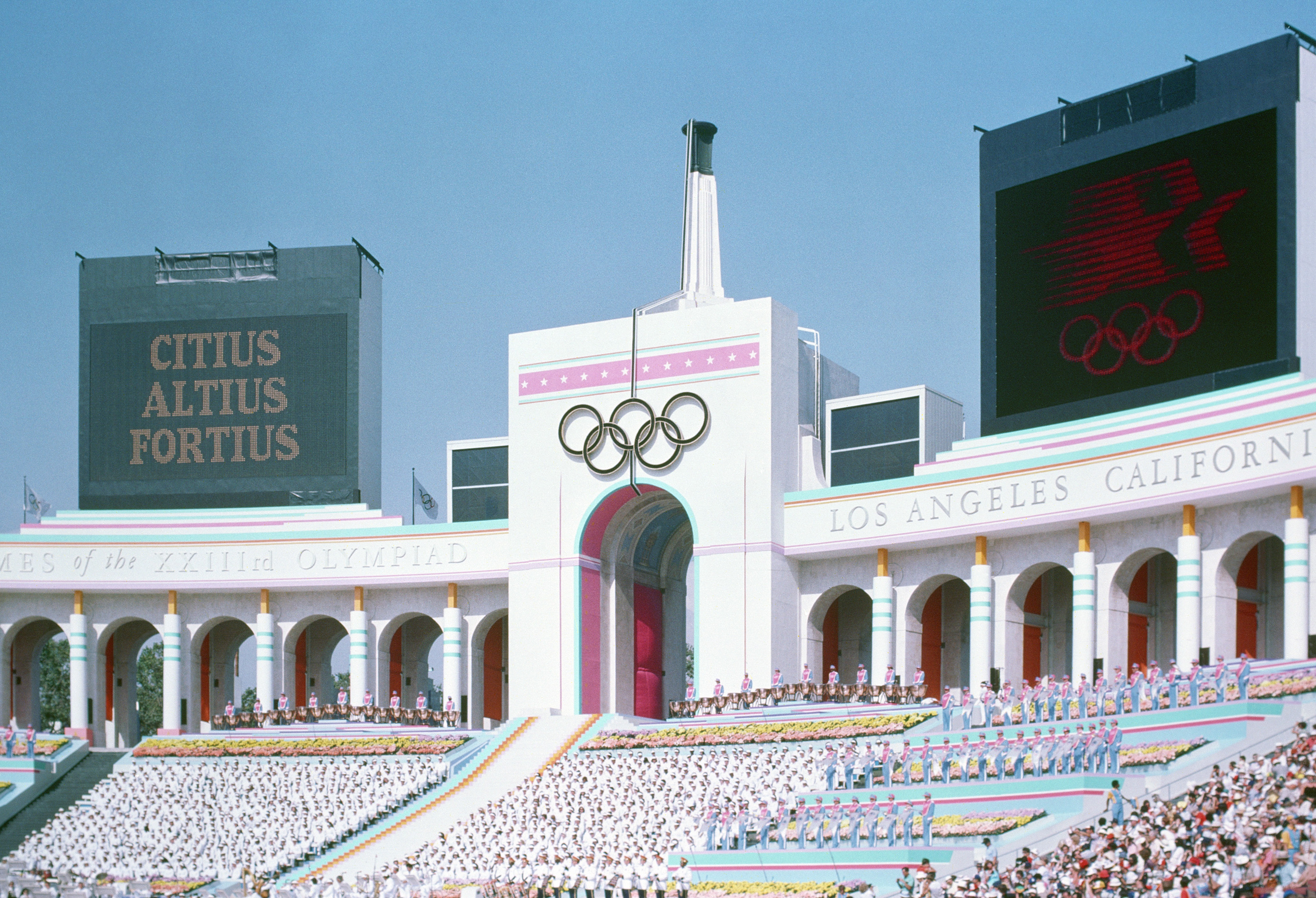|
Aramis (horse)
Aramis (1977–1989) was a Hanoverian gelding, a showjumper Show jumping is a part of a group of English riding equestrianism, equestrian events that also includes eventing, Show hunter, hunters, and equitation. Jumping classes are commonly seen at horse shows throughout the world, including the Equest ... ridden by Mario Deslauriers who competed for Canada at the 1984 Olympics in Los Angeles, where the Canadians took a team fourth place. Aramis also won the 1984 World Cup in showjumping. ''Sports Records''. Referenced January 10, 2008. Pedigree References External links [...More Info...] [...Related Items...] OR: [Wikipedia] [Google] [Baidu] |
Hanoverian (horse)
The Hanoverian or is a German breed or stud-book of warmblood sport horse. As with other German warmblood breeds, eligibility for registration depends on performance rather than ancestry. History In 1735, George II, the King of England and Elector of Hanover, founded the State Stud at Celle. He purchased stallions suitable for all-purpose work in agriculture and in harness, as well as for breeding cavalry mounts. The local mares were refined with Holsteiner, Thoroughbred and Cleveland Bay, Neapolitan, Andalusian, Prussian, and Mecklenburg stock. By the end of the 18th century, the Hanoverian had become a high-class coach horse. In 1844, a law was passed that allowed only stallions approved by a commission to be used for the purpose of breeding. In 1867, breeders started a society aimed at producing a coach and military horse, with the first stud book being published in 1888. The Hanoverian became one of the most popular breeds in Europe for coach and army work. Wh ... [...More Info...] [...Related Items...] OR: [Wikipedia] [Google] [Baidu] |
Westphalian Horse
The Westphalian or Westfalen is a warmblood horse bred in the Westphalia region of western Germany. The Westphalian is closely affiliated with the state-owned stud farm of Warendorf, which it shares with the Rhinelander. Since World War II, the Westphalian horse has been bred to the same standard as the other German warmbloods, and they are particularly famous as Olympic-level show jumpers and dressage horses. Next to the Hanoverian, the Westphalian studbook has the largest breeding population of any warmblood in Germany. History Warendorf The history of the Westphalian horse is linked with the State Stud of Warendorf, which was founded in 1826 to serve both the Prussian provinces of Westphalia and Rheinland. The stud was built under the Prussian Stud Administration, which was put together by King Frederick William I in 1713 to improve horse breeding efforts in the German-speaking region. Government-owned studs, identified as "State" or "Principal" studs depending on whet ... [...More Info...] [...Related Items...] OR: [Wikipedia] [Google] [Baidu] |
Thoroughbred
The Thoroughbred is a list of horse breeds, horse breed developed for Thoroughbred racing, horse racing. Although the word ''thoroughbred'' is sometimes used to refer to any breed of purebred horse, it technically refers only to the Thoroughbred breed. Thoroughbreds are considered "Hot-blooded horse, hot-blooded" horses that are known for their agility, speed, and spirit. The Thoroughbred, as it is known today, was developed in 17th- and 18th-century England, when native mares were Crossbreed, crossbred with imported stallion (horse), stallions of Arabian horse, Arabian, Barb horse, Barb, and Turkoman horse, Turkoman breeding. All modern Thoroughbreds can trace their pedigrees to three stallions originally imported into England in the 17th and 18th centuries, and to a larger number of foundation bloodstock, foundation mares of mostly English breeding. During the 18th and 19th centuries, the Thoroughbred breed spread throughout the world; they were imported into North America ... [...More Info...] [...Related Items...] OR: [Wikipedia] [Google] [Baidu] |
Gelding
A gelding (Help:IPA/English, /ˈɡɛldɪŋ/) is a castration, castrated male horse or other equine, such as a pony, donkey or a mule. The term is also used with certain other animals and livestock, such as domesticated Camelidae, camels. By comparison, the equivalent term for castrated male cattle would be List of cattle terminology , ''steer'' (or ''bullock''), and Wether (other), ''wether'' for sheep and goats. Castration allows a male animal to be more calm, better-behaved, less sexually aggressive, and more responsive to training efforts. This makes the animal generally more suitable as an everyday working animal, or as a pet in the case of companion animals. The gerund and participle "gelding" and the infinitive "to geld" refer to the castration procedure itself. Etymology The verb "to geld" comes from the Old Norse language, Old Norse , from the adjective . The noun "gelding" is from the Old Norse . History The Scythians are thought to have been among the first t ... [...More Info...] [...Related Items...] OR: [Wikipedia] [Google] [Baidu] |
Bay (horse)
Bay is a equine coat color, hair coat color of horses, characterized by a reddish-brown or brown body color with a black point coloration on the mane (horse), mane, tail (horse), tail, Pinna (anatomy), ear edges, and lower legs. Bay is one of the most common coat colors in many horse breeds. The black areas of a bay horse's hair coat are called "black points", and without them, a horse is not a bay horse. Black points may sometimes be covered by white horse markings, markings; however such markings do not alter a horse's classification as "bay". Bay horses have dark skin – except under white markings, where the skin is pink. Genetically, bay occurs when a horse carries both at least one dominant Agouti gene and at least one dominant Extension gene. While the basic genetics that create bay coloring are fairly simple, the genes themselves and the mechanisms that cause shade variations within the bay family are quite complex and, at times, disputed. The genetics of dark shades ... [...More Info...] [...Related Items...] OR: [Wikipedia] [Google] [Baidu] |
Gelding
A gelding (Help:IPA/English, /ˈɡɛldɪŋ/) is a castration, castrated male horse or other equine, such as a pony, donkey or a mule. The term is also used with certain other animals and livestock, such as domesticated Camelidae, camels. By comparison, the equivalent term for castrated male cattle would be List of cattle terminology , ''steer'' (or ''bullock''), and Wether (other), ''wether'' for sheep and goats. Castration allows a male animal to be more calm, better-behaved, less sexually aggressive, and more responsive to training efforts. This makes the animal generally more suitable as an everyday working animal, or as a pet in the case of companion animals. The gerund and participle "gelding" and the infinitive "to geld" refer to the castration procedure itself. Etymology The verb "to geld" comes from the Old Norse language, Old Norse , from the adjective . The noun "gelding" is from the Old Norse . History The Scythians are thought to have been among the first t ... [...More Info...] [...Related Items...] OR: [Wikipedia] [Google] [Baidu] |
Showjumping
Show jumping is a part of a group of English riding equestrian events that also includes eventing, hunters, and equitation. Jumping classes are commonly seen at horse shows throughout the world, including the Olympics. Sometimes shows are limited exclusively to jumpers. Sometimes jumper classes are offered in conjunction with other English-style events. Sometimes, show jumping is but one division of a very large, all-breed competition that includes a very wide variety of disciplines. Jumping classes may be governed by various national horse show sanctioning organizations, such as the United States Equestrian Federation or the British Showjumping Association. International competitions are governed by the rules of the International Federation for Equestrian Sports. Hunters or jumpers Show jumping events have hunter classes, jumper classes and hunt seat equitation classes. Hunters are judged subjectively on the degree to which they meet an ideal standard of manners, style ... [...More Info...] [...Related Items...] OR: [Wikipedia] [Google] [Baidu] |
1984 Summer Olympics
The 1984 Summer Olympics (officially the Games of the XXIII Olympiad and commonly known as Los Angeles 1984) were an international multi-sport event held from July 28 to August 12, 1984, in Los Angeles, California, United States. It marked the second time that Los Angeles had hosted the Games, the first being in 1932 Summer Olympics, 1932. This was the first of two consecutive Olympic Games to be held in North America, with Calgary, Alberta, Canada, hosting the 1988 Winter Olympics. California was the home state of the incumbent President of the United States, U.S. president Ronald Reagan, who officially opened the Games. These were the first Summer Olympic Games under the President of the International Olympic Committee, IOC presidency of Juan Antonio Samaranch. The 1984 Summer Olympics boycott, 1984 Games were boycotted by fourteen Eastern Bloc countries, including the Soviet Union and East Germany, in response to the 1980 Summer Olympics boycott, American-led boycott of the ... [...More Info...] [...Related Items...] OR: [Wikipedia] [Google] [Baidu] |
Canadian Show Jumping Horses
Canadians () are people identified with the country of Canada. This connection may be residential, legal, historical or cultural. For most Canadians, many (or all) of these connections exist and are collectively the source of their being ''Canadian''. Canada is a multilingual and multicultural society home to people of groups of many different ethnic, religious, and national origins, with the majority of the population made up of Old World immigrants and their descendants. Following the initial period of French and then the much larger British colonization, different waves (or peaks) of immigration and settlement of non-indigenous peoples took place over the course of nearly two centuries and continue today. Elements of Indigenous, French, British, and more recent immigrant customs, languages, and religions have combined to form the culture of Canada, and thus a Canadian identity and Canadian values. Canada has also been strongly influenced by its linguistic, geographic, and ... [...More Info...] [...Related Items...] OR: [Wikipedia] [Google] [Baidu] |
Individual Warmbloods
An individual is one that exists as a distinct entity. Individuality (or self-hood) is the state or quality of living as an individual; particularly (in the case of humans) as a person unique from other people and possessing one's own needs or goals, rights and responsibilities. The concept of an individual features in many fields, including biology, law, and philosophy. Every individual contributes significantly to the growth of a civilization. Society is a multifaceted concept that is shaped and influenced by a wide range of different things, including human behaviors, attitudes, and ideas. The culture, morals, and beliefs of others as well as the general direction and trajectory of the society can all be influenced and shaped by an individual's activities. Etymology From the 15th century and earlier (and also today within the fields of statistics and metaphysics) ''individual'' meant " indivisible", typically describing any numerically singular thing, but sometimes meanin ... [...More Info...] [...Related Items...] OR: [Wikipedia] [Google] [Baidu] |
Hanoverian Horses , a horse breed
{{disambiguation ...
The adjective Hanoverian is used to describe: * British monarchs or supporters of the House of Hanover, the dynasty which ruled the United Kingdom from 1714 to 1901 * things relating to; ** Electorate of Hanover ** Kingdom of Hanover ** Province of Hanover * things relating to the City of Hanover, Germany * Hanoverian horse The Hanoverian or is a German list of horse breeds, breed or stud-book of warmblood sport horse. As with other German warmblood breeds, eligibility for registration depends on performance rather than ancestry. History In 1735, George II ... [...More Info...] [...Related Items...] OR: [Wikipedia] [Google] [Baidu] |





